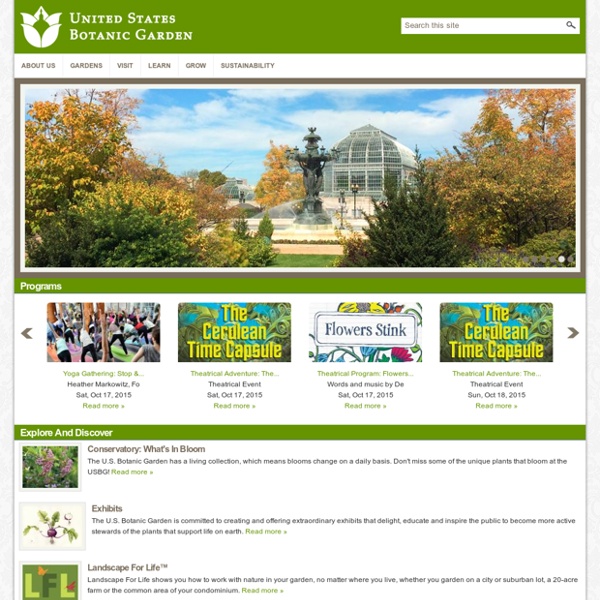



ISB: Atlas of Florida Vascular Plants Moss Art Moss Art Mud Maiden Lost Gardens of Heligan, Cornall, England www.heligan.com Mud Maiden Lost Gardens of Heligan, Cornall, England. www.heligan.com The Giant's Head Lost Gardens of Heligan. Mud Maiden (a newer sister to above) By Susan & Pete Hill - Private Collection. www.flixya.com Eve by Susan & Pete Hill Eden Project, Cornwall. Eve's Car Photo: www.2012forum.com Moss Graffiti - see recipe below. Moss Spider By Helen Nodding aka Ladybird Currently represented by Studio Caparelli, London. www.storiesfromspace.co.uk Moss Hideaway By Helen Nodding aka Ladybird Currently represented by Studio Caparelli, London. www.storiesfromspace.co.uk "One of the Moss bros fishing?" Moss on Ceramic By Mineo Mizuno Born 1944, Gifu Prefecture, Japan Lives/works in Los Angeles since 1964. www.mineomizuno.com Moss Guardians by William Ricketts environmentalgraffiti.com Moss & Rock Arangement By Sally J. Bright Moss Door By Sally J. Moss Faerie House By Sally J. Moss Carpet Moss garden by Makoto Azuma.
Welcome | U.S. Capitol Visitor Center Plant-Care.com — Landscape House Plants Lawn Care Plant Creations MACPAC Reed's Garden Ramblings IUCN/SSC Invasive Species Specialist Group (ISSG) U.S. Government Printing Office Home Page Global Invasive Species Database The Global Invasive Species Database (GISD) aims to increase awareness about invasive alien species and to facilitate effective prevention and management activities. It is managed by the Invasive Species Specialist Group (ISSG) of the SSC- Species Survival Commission of the IUCN -International Union for Conservation of Nature. The GISD was developed as part of the global initiative on invasive species led by the Global Invasive Species Programme GISP and was/is supported through partnerships with the National Biological Information Infrastructure (NBII), Manaaki Whenua-Landcare Research and the University of Auckland. The GISD focuses on invasive alien species that threaten native biodiversity and natural ecosystems and covers all taxonomic groups from micro-organisms to animals and plants in all ecosystems. As the database is continually being populated with species information, please check back on a regular basis for updates.
Congressional Budget Office (CBO) U.S. Department of Agriculture Agencies and Offices A list of all Agencies and Offices within USDA Farm and Foreign Agricultural Services Commodity, credit, conservation, disaster, emergency assistance programs... Food, Nutrition and Consumer Services Dietary guidance, nutrition policy coordination, nutrition education... Food Safety Meat, poultry, and egg inspection, food recalls, food labeling, packaging... Marketing and Regulatory Programs Organic program, animal and plant health, grain inspection... Natural Resources and Environment Forestry, conservation, damage prevention, land management, sustainable land management... Research, Education and Economics U.S. food and fibers system, library, statistics, research, analysis, education... Rural Development Financial programs, water and sewer systems, housing, health clinics, economic development, loans, lending pools...